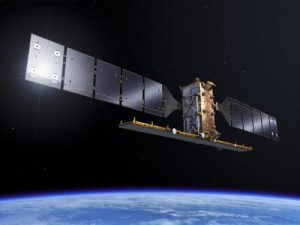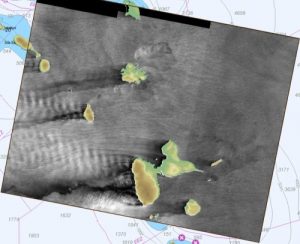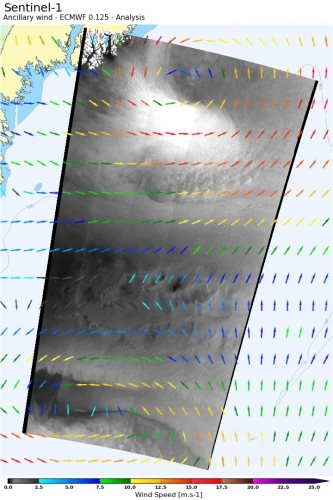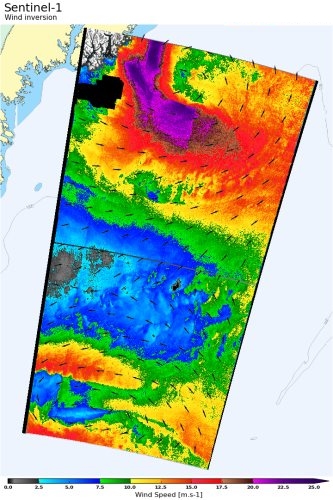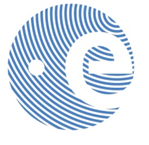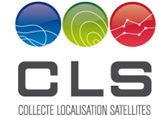Sentinel-1 for Science Ocean Study
short name: S1OceanStudy
Kick-Off: October 2015
Project duration: 24 months
Project consortium
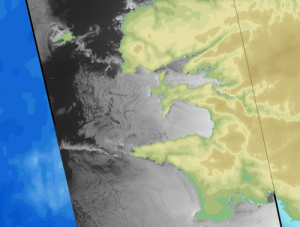
The objective of the ESA’s SEOM Programme S1 Ocean Study project is the scientific development and validation of improved L2 ocean product prototypes using Sentinel-1 mission acquisitions and fulfilling the requirements of the wide user community. This opportunity is extremely interesting given the challenges and possibilities offered by the characteristics Sentinel-1 SAR instrument. A consortium formed to address this issue includes the following partners:
- CLS, France (Prime contractor)
- IFREMER, France
- NORUT, Norway
- OCEANDATALAB, France
Project objectives
The objective of this study is to develop improved L2 ocean product prototypes for Sentinel-1 mission fulfilling the requirements of the wide ocean user community. Those prototype products will aim at:
- Taking benefit of the new capabilities of the S-1 mission acquisition modes in order to improve the surface ocean sea state measurements (wind, waves, swell, currents),
- Implementing a synergetic ocean sea state measurement strategy in order to overcome the limitation of classical measurement approaches,
- Providing ocean sea state measurements required by the user community (both operational community and scientific community)
